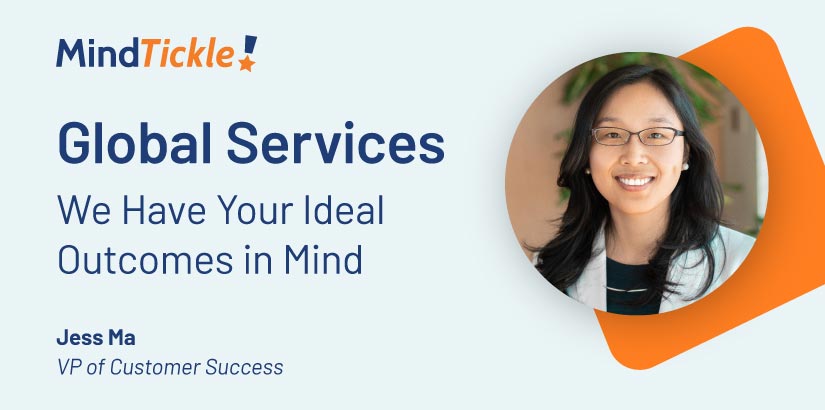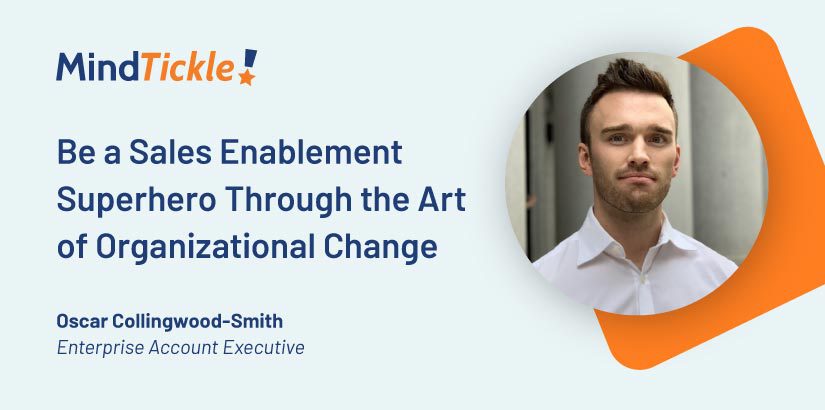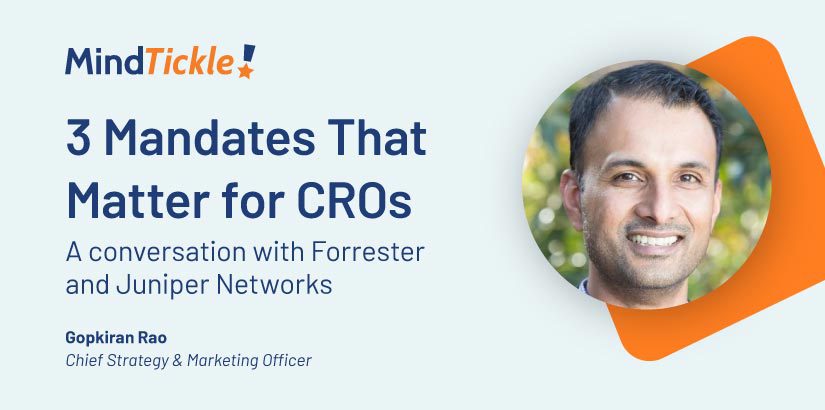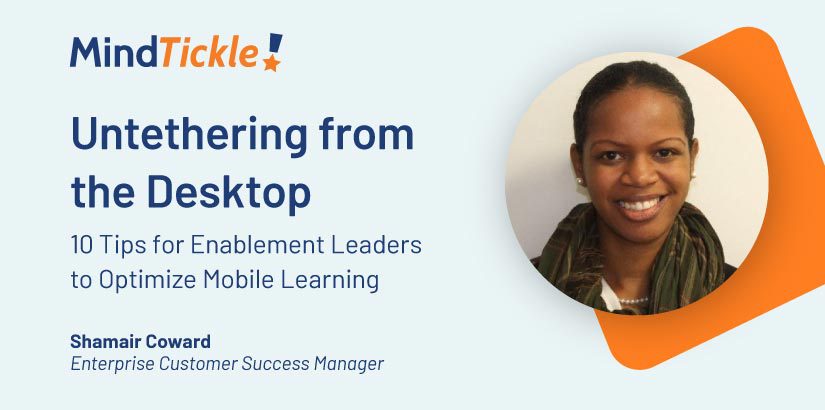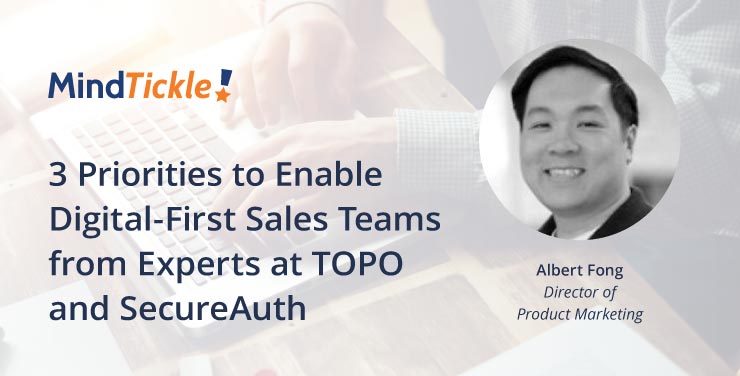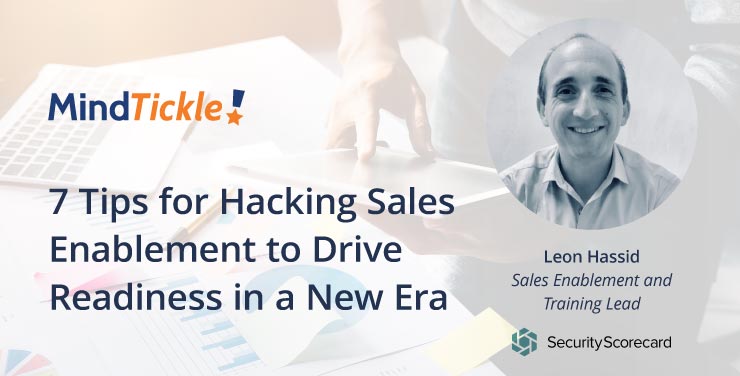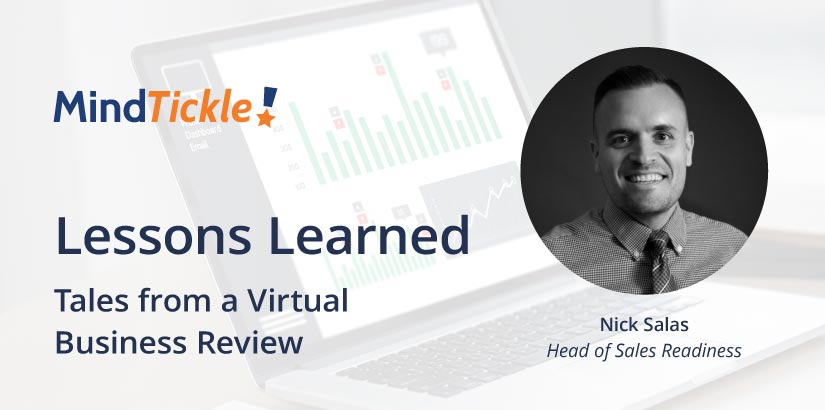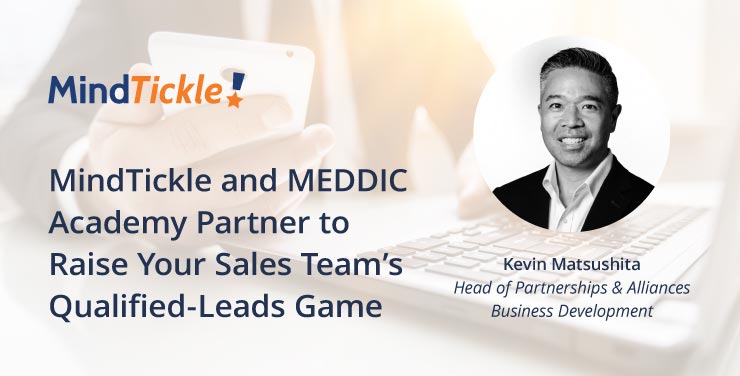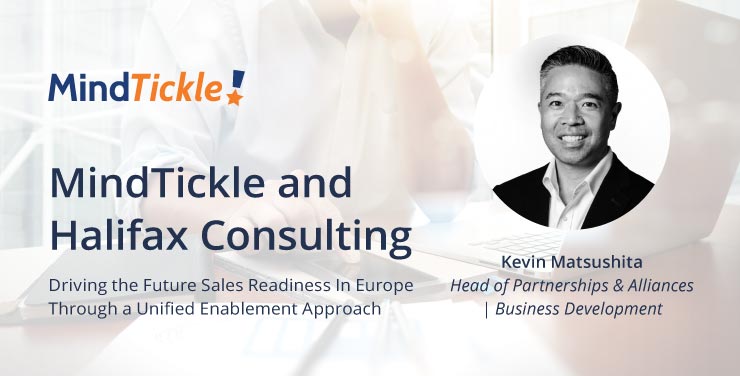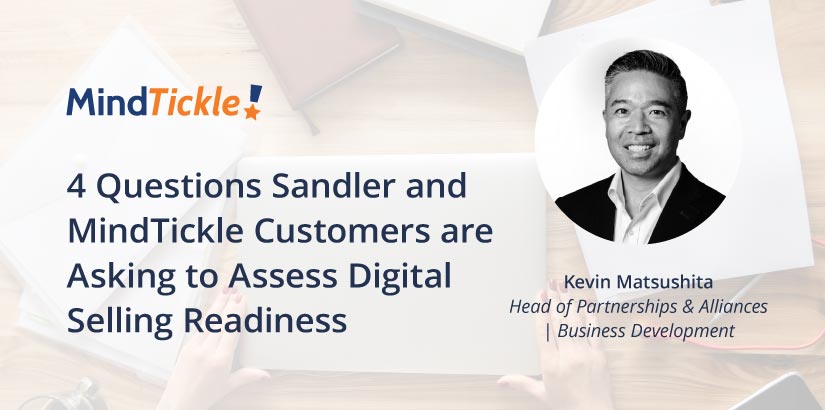Mindtickle Global Services: We Have Your Ideal Outcomes in Mind
If you’re reading this blog, you’re likely already familiar with Mindtickle’s comprehensive, data-driven platform for sales readiness and enablement. Do you also know that many of our enterprise and high-growth SMB customers recognize that achieving their enablement outcomes requires a combination of platform and services? Our customers take advantage of these services to develop engaging content, speed up the time to launch, obtain insights from custom dashboards and integrate Mindtickle into their homegrown, and often customized IT fabric. Deployed separately or as a bundle, Mindtickle’s new Global Services offerings are designed to support you and maximize your target business outcomes.
At Mindtickle, we understand that many organizations are looking for an ongoing, holistic partnership beyond initial implementation. Enterprises, for example, expect proactive solutioning to turn the latest features into capabilities that drive changes in customer-facing teams’ behavior; they need expertise in integrating Mindtickle into their existing, complex IT environment; and they need ongoing guidance in designing, launching, and communicating enablement programs in a coordinated and frictionless manner that overcomes resistance to change while instilling a culture of learning and coaching. For high-growth SMBs, it’s a bit different: They want access to a variety of skill sets that will enable a higher level of enablement and accelerate results, without the time and effort to hire, assemble and train internally.
In addition, now more than ever, all organizations are increasingly embracing the virtual trend; that is, a move toward virtualizing sales motions. As a result, organizations have pivoted to virtual QBRs and SKOs, virtual onboarding and reboarding, virtual partner enablement, virtual coaching, and virtual introductions to new products. Navigating this new world and ensuring operational success in it is often challenging without the expertise of a knowledgeable partner who is native to this virtual world.
Mindtickle Global Services offers the only comprehensive, execution-ready, integrated suite of services available to help enablement leaders augment, enhance, and scale their programs to achieve their business outcomes throughout their enablement journey. With thousands of hours of experience in implementation, content development, and program management, Mindtickle’s Global Services team helps enablement professionals guide their customer-facing teams to excellence at each and every touchpoint.
Our premium engagement model begins with follow-the-sun white glove technical support and a friendly and informative welcome from your experienced customer success manager. Your CSM serves as your champion and can marshal all that Global Services can bring to bear to help you realize business outcomes. These include the following services:
- Education services — Delivers standard and custom Mindtickle platform training to bootstrap your enablement teams
- Managed services — Expert level platform admins ready to operate and manage your Mindtickle platform with zero ramp time
- Professional services — Leverages our cross-industry experience and practices to guide and advise on program implementation, platform configuration, user management, gamification, governance, and change management
- Tech solutions — Integrates Mindtickle into your existing IT fabric and develops custom dashboards to give stakeholders visibility into key metrics such as proficiency, time to productivity, and progress in sales capability.
- Content services — Turns your enablement objectives and concepts into engaging, high-impact enablement programs and content that align with your brand guidelines.
It’s important to note that each service line is not independent of itself; rather, they work cohesively with your CSM to achieve your goals.
Mindtickle’s Global Services is an important piece of an organization’s overall enablement strategy — the piece that empowers customers to fully leverage every bit of functionality of the Mindtickle platform while tapping the Mindtickle brain trust to enrich their end users learning experience.
For more information about Mindtickle’s Global Services, please visit our Services page or contact your CSM!

